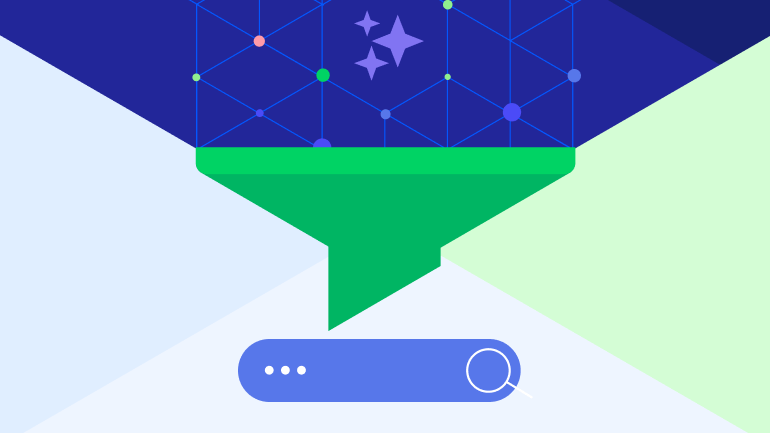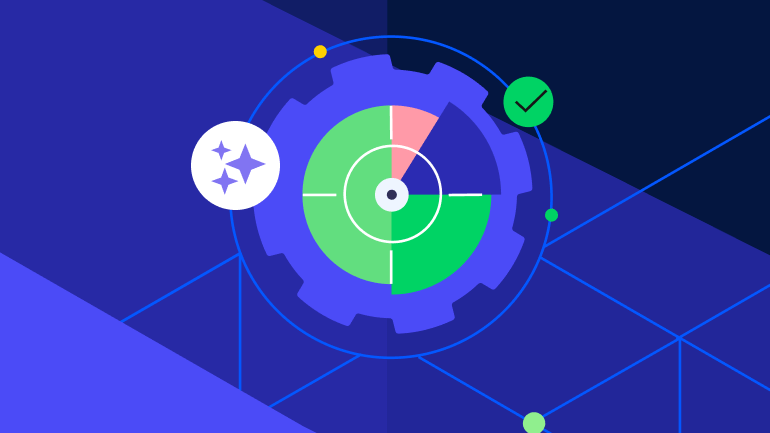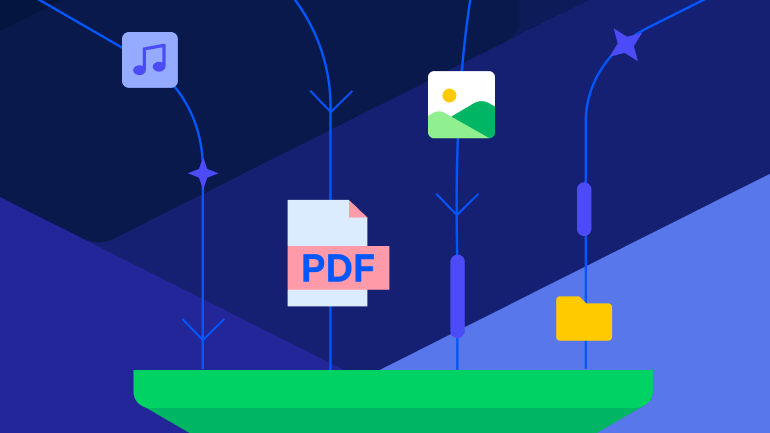Harnessing Data Gravity: Bringing Decision Intelligence to Your Data with the Corticon.js Solution and the MarkLogic Platform
Integrating the Progress Corticon.js solution and MarkLogic platform can bring decision intelligence directly to your data, enabling high-performance, transparent and explainable automation of complex decisions across various industries.
How to Build Generative AI Search for Your Data
Generative search is a much more powerful experience than traditional search, it allows users to ask questions in natural language and get answers in natural language. Read this blog to see how generative search is the missing piece of this puzzle.
Nuclia-Managed Retrieval-Augmented Generation
Unlock the power of Nuclia-managed RAG-as-a-Service (Retrieval-Augmented Generation). Nuclia is the all-in-one platform that seamlessly indexes unstructured data from internal and external sources while facilitating 100% data governance. Nuclia RAG-as-a-Service delivers actionable insights and trusted answers in any language and from any data source.
RAG-as-a-Service on AWS Marketplace
RAG-as-a-Service (Retrieval Augmented Generation) is now available on the AWS Marketplace. At Nuclia, we’re dedicated to revolutionizing the way businesses leverage artificial intelligence (AI) to extract insights from their data. With RAG-as-a-Service, we’re taking a giant leap forward in empowering companies to unlock the full potential of their unstructured data.
Also Able to Explore

Latest Stories in Your Inbox
Subscribe to get all the news, info and tutorials you need to build better business apps and sites


